Boxing is a sport with a high risk of injury. Typical injuries in boxing are head and face injuries, as well as bruises, and fractures of upper and lower limbs. To minimize injuries in boxing, it is important to follow safety measures and use good quality boxing equipment.
Of course, there are times when the technique is lost, and boxers don’t work correctly and dangerously. And unfortunately, in a sport like boxing, injuries are an inseparable part of it. In this article, we will look at the most common injuries in boxing. They can be both light and insignificant or very serious and dangerous to a boxer’s health (usually at the professional level).
Eyebrow Cut

An eyebrow cut is a specific injury caused by hitting an opponent with the head or elbow. This injury is dangerous with heavy bleeding and possible complications if not treated properly. First aid consists of washing the wound and applying a clean bandage. The athlete should then be checked by a doctor to determine further treatment.
Broken Nose
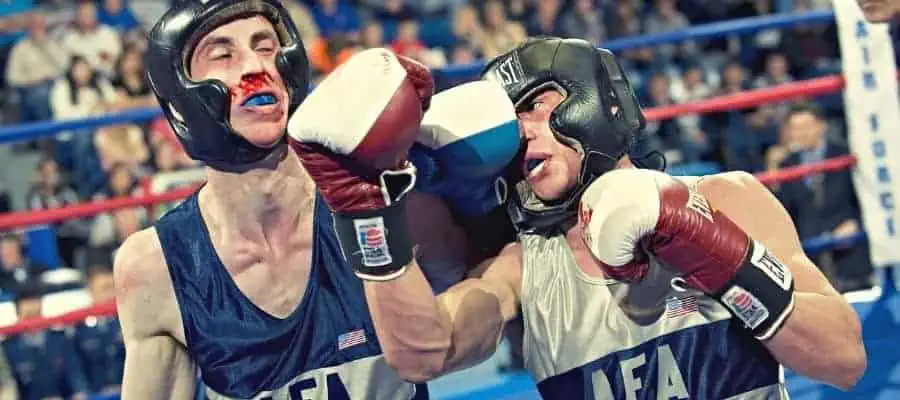
This is a professional boxer’s injury. A broken nose is the result of a direct punch to the nose. Most often a broken nose is not the reason for the fight stops, many athletes do not even notice it. The first treatment for a broken nose is to stop the bleeding with swabs with styptic fluids. Examination and treatment are done after the fight are over.
Outer Ear Injury

Damage to the ears occurs most often during the training. This is caused by hitting the inside of the glove, which is illegal according to the rules. After an incident, the person must be taken to a hospital for a doctor’s examination and treatment. The first treatment is to put ice on the bruise.
Jaw Fractures
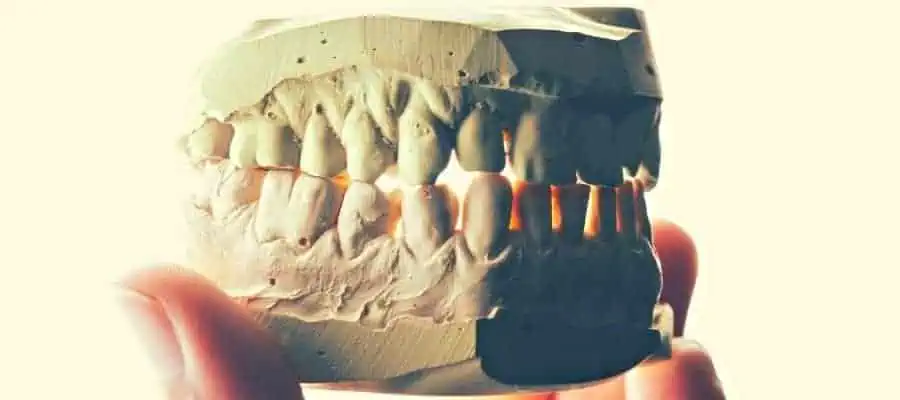
Most often boxers get fractures of the lower jaw. The injury is described by sharp pain and muscle spasm. The break requires immediate medical treatment. The first aid is to put a cold compression to minimize swelling. A jaw fracture can be caused by a knockout or knockdown.
Eye Injuries
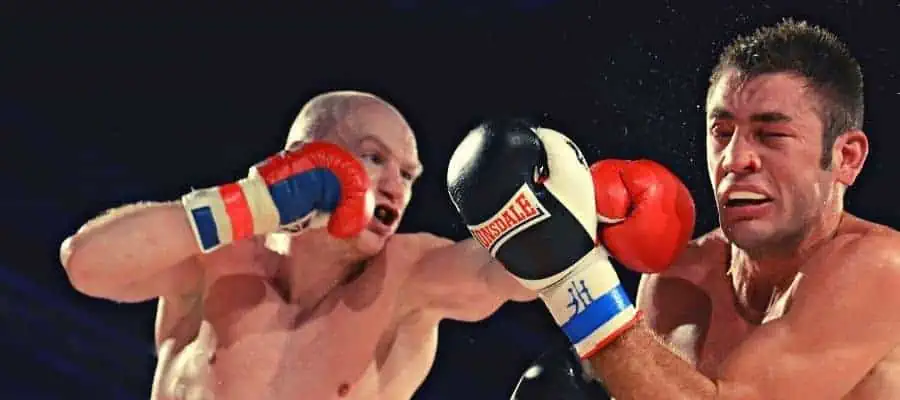
Eye injuries are caused by a direct punch. With a light bruise, the boxer continues the fight. If the bruise is accompanied by serious swelling or bleeding, it is necessary to get immediate medical help. Before the doctors arrived, it is important to stop the bleeding, and put a clean bandage and cold compression on it.
Achilles’ Heel

A boxer’s Achilles heel would be the liver. A punch to the liver is so painful that the athlete is unable to continue the fight. The first aid for an injured fighter is full rest until the pain stopped. If the pain does not stop or starts again after a short break, the person must be taken to the hospital immediately.
Hematomas
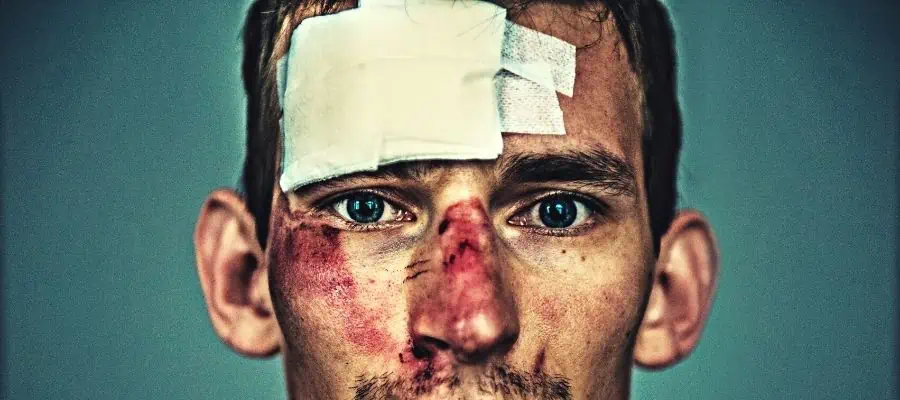
Less painful but much more common injuries in boxing are hematomas. This can happen to you at any time. Such injuries can be caused by a glove, but usually, it’s caused by head-on collisions. After that headgear has been removed from amateur boxing, hematomas are more common there.
But they are still more typical for professional boxing. Although the mild stage of hematoma – bruising – happens at any level. Hematomas also need time to heal. Also, some pain can be reduced by putting cold compression or ice wrapped in a towel over the injured area.
Face Cuts
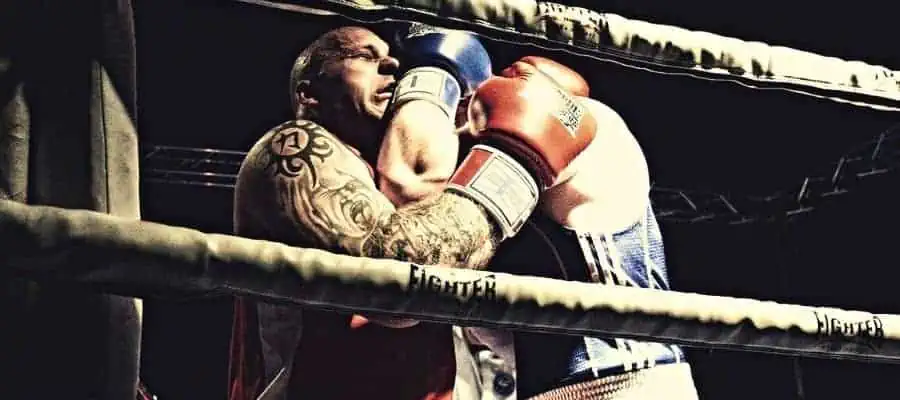
Face cuts most often occur when using low-quality gloves. A cut can also cause heavy bleeding, which requires professional treatment. If after blood stopping it was found that the cut was too slight, the fight can be continued. Deep cuts require stitches. First aid is stopping the blood and putting on a sterile bandage.
Brain Concussions
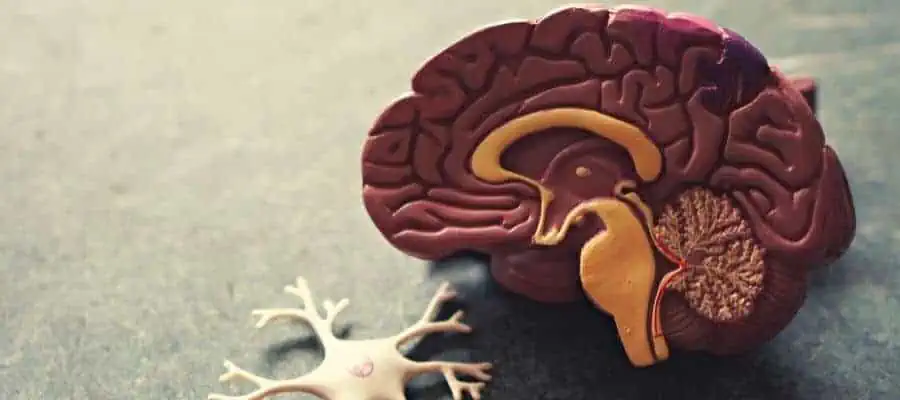
Brain concussion is one of the most serious injuries in all contact sports. Many experts, and fighters themselves, say that years of repeated hits to the head can cause terrible damage to fighters’ health. A concussion is caused by a hard hit to the head.
This shifts the brain inside the skull box, usually leaving the person semi-conscious or in a confused state. If a boxer complains of dizziness, nausea, or headache after a missed punch, a physician must be seen immediately. It is also necessary to keep the injured person awake until medical help has arrived.
Inner Lip Injury

This injury is usually caused by the missing mouthguard in the boxer’s mouth. Also, it can happen because of poor-quality gloves, which may be made from very rough material. To reduce the risk of such injuries, it is necessary to learn how to defend against direct punches to the head.
Also, you should improve your skills of dodging, moving in the ring, and correcting counterattacks. Do not save money on buying a good mouthguard and quality gloves.
Subdural And Epidural Hemorrhage
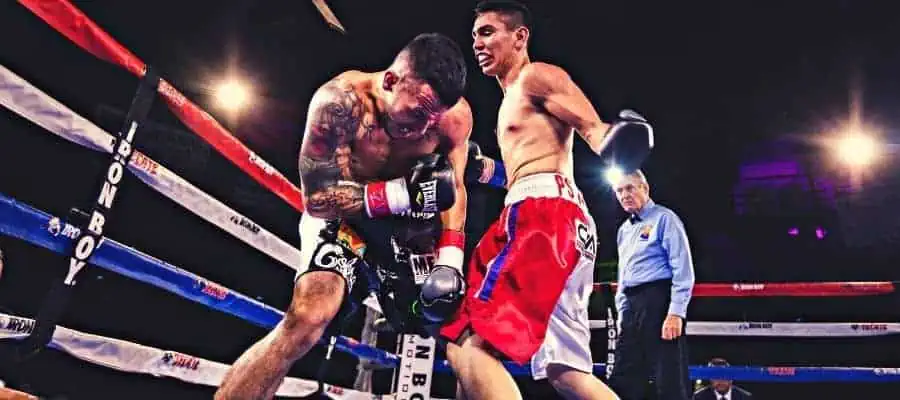
Subdural and epidural hemorrhages are 75% fatal. Bleeding occurs as a result of a strong punch to the head. It requires immediate hospitalization. Subdural bleeding leads to the formation of a hematoma. It happens in the area between the arachnoid and dura mater, causing compression.
Epidural bleeding is typically followed by a hematoma in the area between the dura mater and the inside of the skull. This is the most dangerous injury because the hematoma is bigger here.
Cerebrovascular And Embolic Desease

Punches to the chest and neck are especially dangerous for boxers. Damage can lead to the formation of blood clots in the carotid artery. These could cause strokes, heart attacks, and paralysis. To avoid such complications, the athlete must be able to dodge punches and combinations to the chest.
Encephalopathy

Encephalopathy is the result of multiple knockouts and knockdowns. The disease develops by experienced athletes (pros). It is characterized by such neural disorders as partial memory loss, articulation disorders, slowness of movements, and limb tremors. Statistically, the symptoms of encephalopathy are observed in 55% of professional boxers.
Amnesia Syndromes

Amnesia develops against a background of progressive encephalopathy. As a rule, amnesia is usually preceded by ischemic bleeding. The main symptom is loss of memory, confused consciousness, and slowness of movements. The complication of this injury is difficult to treat and requires long-term rehabilitation.
Headaches
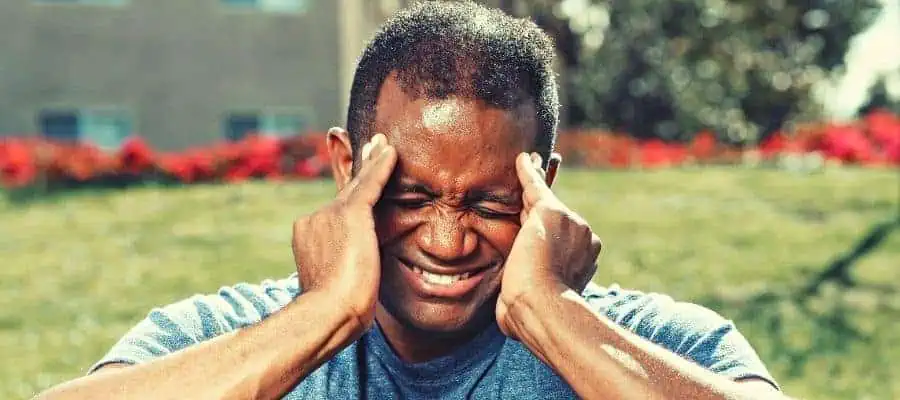
Headache syndrome is most common in athletes who have been knocked out. Statistically, up to 85% of knocked-out athletes have headaches. If migraine-type headaches occur, the athlete should go to a neurologist and may need to see an ophthalmologist as well.
Neck Pains
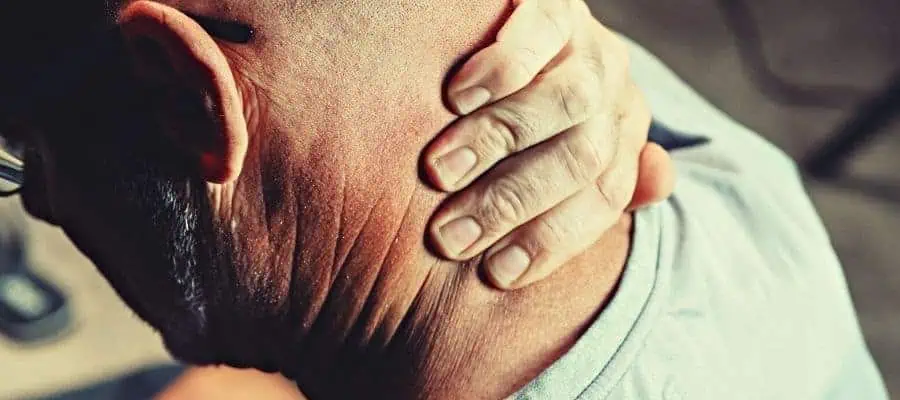
Neck pain is caused in 95% of cases by retroflection (abnormal backward movement of the neck). Such movements cause damage to the cervical spine, resulting in osteochondrosis. Also, it causes spondylolisthesis, intervertebral hernias, and other health complications. These syndromes require a close medical examination because without treatment they can lead to disability.
Hand Injuries
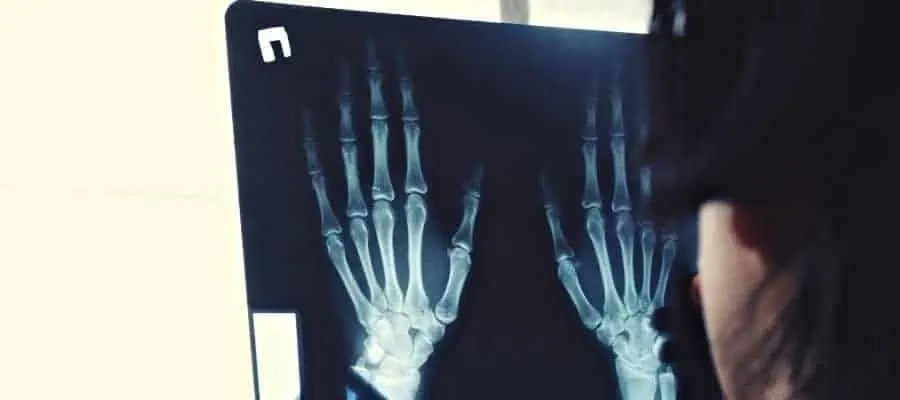
70% of boxers’ hand injuries occur as a result of the glove design. Most often boxers deal with sprains of the wrist muscles. In 30% of cases, finger phalanges are injured. Sprains are treated with the usual methods. Fractures of the phalanges require surgical treatment. In severe cases, athletes are offered transplantation of the damaged areas.
First aid for dislocations, and fractures are a cold compress followed by hospitalization. To keep your hands as safe as possible in boxing, it is very important to wrap your hands properly. This is the very first rule. Do not overtighten and do not wrap too loosely. It is also necessary to choose boxing gloves carefully.
The hand should not be placed freely in the glove, and the glove should fit tightly to the hand. And, of course, the punching technique plays an important role. If possible, you should always try to punch with the right punching technique.
Lower Extremity Injuries
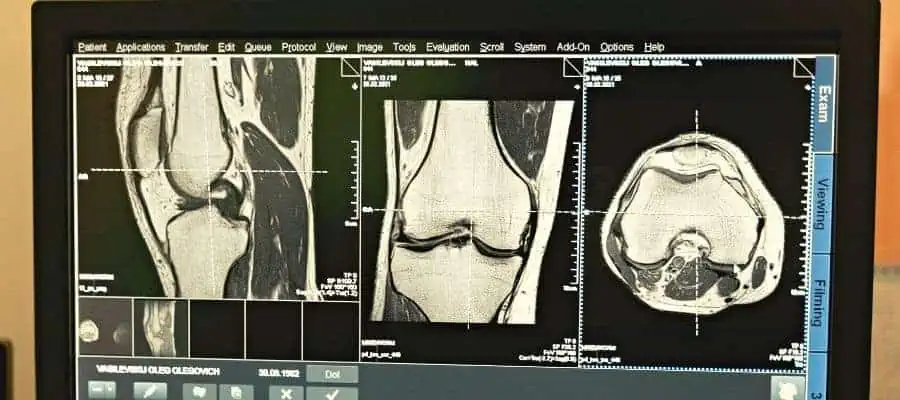
The most common lower extremity injuries in boxing include patellar tendinitis (jumper’s knee) and medial collateral ligament (MCL) injury. Tendinitis is an inflammation of the patellar ligament resulting from a regular sprain or dislocation. The MCL injury occurs as a result of a forceful blow.
In both cases, treatment is usual, with movement restriction until full recovery. First aid consists of applying cold compression to the injury area and a tight bandage.
Shoulder Dislocation

A dislocated shoulder in boxing is a specific injury caused by a fall on a bent arm. If the shoulder is injured, the fight is stopped, and the athlete gets first aid. If doctors are present at the bout, the dislocation can be repaired locally with local anesthesia.
The athlete should then receive professional recovery treatment. If there are no physicians nearby, the injured person should be given a cold compress and taken to a hospital.
Thumb Injuries

Thumb injuries in boxing occur because the athlete cannot squeeze the thumb completely when putting on the gloves. Injuries also occur because the thumb pulls away from the hand, causing the muscle to stretch during some movements. First aid for a thumb injury consists of a cold compress and a bandage fixation.
Elbow Injury

Elbow injuries in boxing are caused by bruises, blows, and falls. The injuries are described by acute pain, swelling, and limited elbow movements. The first aid is to put cold compression on the injury area. After that, the injured person needs to be seen by a doctor to determine later treatment methods.
Ankle Injury

The human foot consists of 26 bones. The bones of the foot are wide and flat, connected by strong ligaments. The mobility of the foot bones is much less than that of the hand. As a rule, the ligaments are not ready for loads, so they are at risk for injuries and sprains.
The foot has a supporting function, it is not “adapted” for complex movements, and its mobility is limited. All human joints are reinforced by ligaments that hold them in their natural position and control the movement amplitude. In some cases, the load on the ligaments becomes too high and this causes sprains.
This problem is most common for large joints like the elbow, hip, shoulder, and knee. But almost the most common injury is the sprain of the foot and ankle ligaments. The most common reason for this injury is not comfortable and not properly sized shoes.
It can also be caused by a bad tension of the ring surface in your gym if you often do sparring there.
Knee Injuries
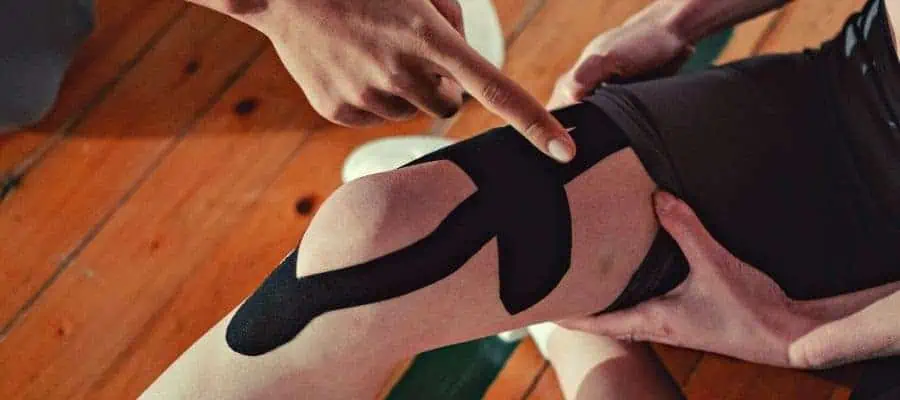
As we know from anatomy lessons, the knee joint is the largest joint in the human body, but unfortunately not the strongest. The knees are injured under intense pressure. Many boxers in the process of their professional career sometimes develop a specific movement style.
In it, the knee joint is overloaded with extreme loads, which is followed by chronic pain. The main stabilizing function of the knee joint is carried out by the surrounding muscles. They are the hamstrings, the anterior quadriceps muscles, the adductor muscles, and the gluteal and hip muscles.
Boxers often develop uneven muscle strength by doing the same movements all the time. To fix this kind of imbalance somehow, boxers should run more, train with weights, and swim. If you have some problems with knee flexibility, do a set of stretching exercises both before and after your workout at the gym.
Knee Meniscus Injury

Another very injured part of the knee is the meniscus. An injured meniscus causes severe pain in the area of the knee joint. Also, it causes locking and “crunching” as well. In case of any of the above symptoms that come with a knee injury, immediately take medical help. In many cases, doctors prescribe anti-inflammatory ointments to the patient. They not only treat the injured knee but also have a pain-relieving effect.
Shin Splint

This is a rare but no less painful injury. It is described as pain in the area of the inner edge of the shin (tibia bone) that occurs during exercise. This injury is also called osteomyelitis. This injury is caused by tissue inflammation caused by excessive exercise.
Also uncomfortable shoes and improper running technique. To avoid osteomyelitis, it is important to warm up, and properly balance exercise and rest times. Also, avoid exertion beyond the body’s possibilities.
I hope this article was helpful for you. Be safe and good luck in boxing.
Recent Posts
What is Manachai's Fighting Style? Unveiling Muay Thai Mastery
Manachai, a celebrated figure in the Muay Thai world, has captivated audiences with his exemplary martial prowess. Hailing from the heartlands of Thailand, his name is synonymous with the art of...
What Was Chamuekpet Hapalang's Fighting Style? Unveiling Techniques
Chamuekpet Hapalang was a renowned figure in the world of Muay Thai (record 200-48-2), embodying a fusion of Muay Bouk and Muay Khao styles. Originating from Thailand, the art of Muay Thai is known...
